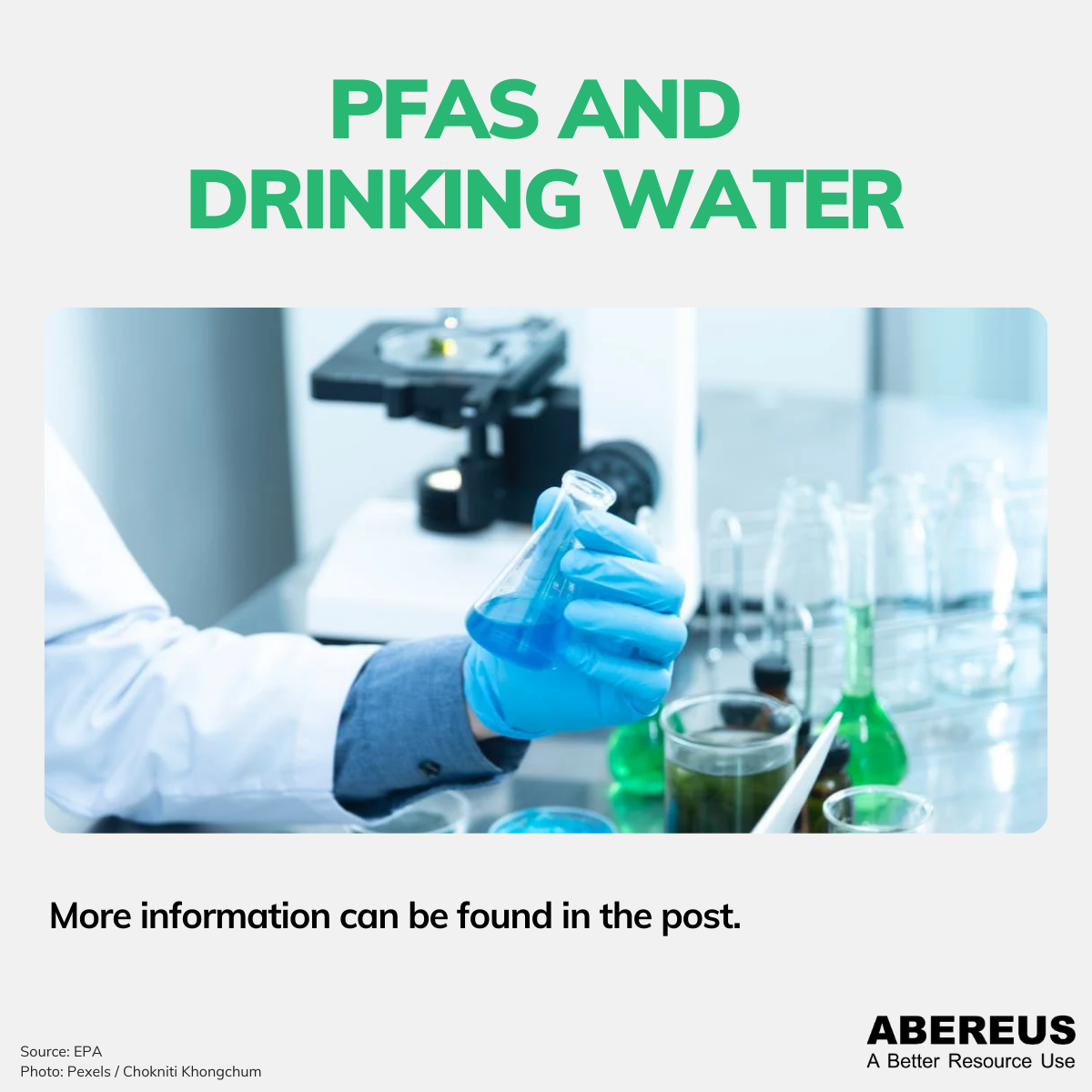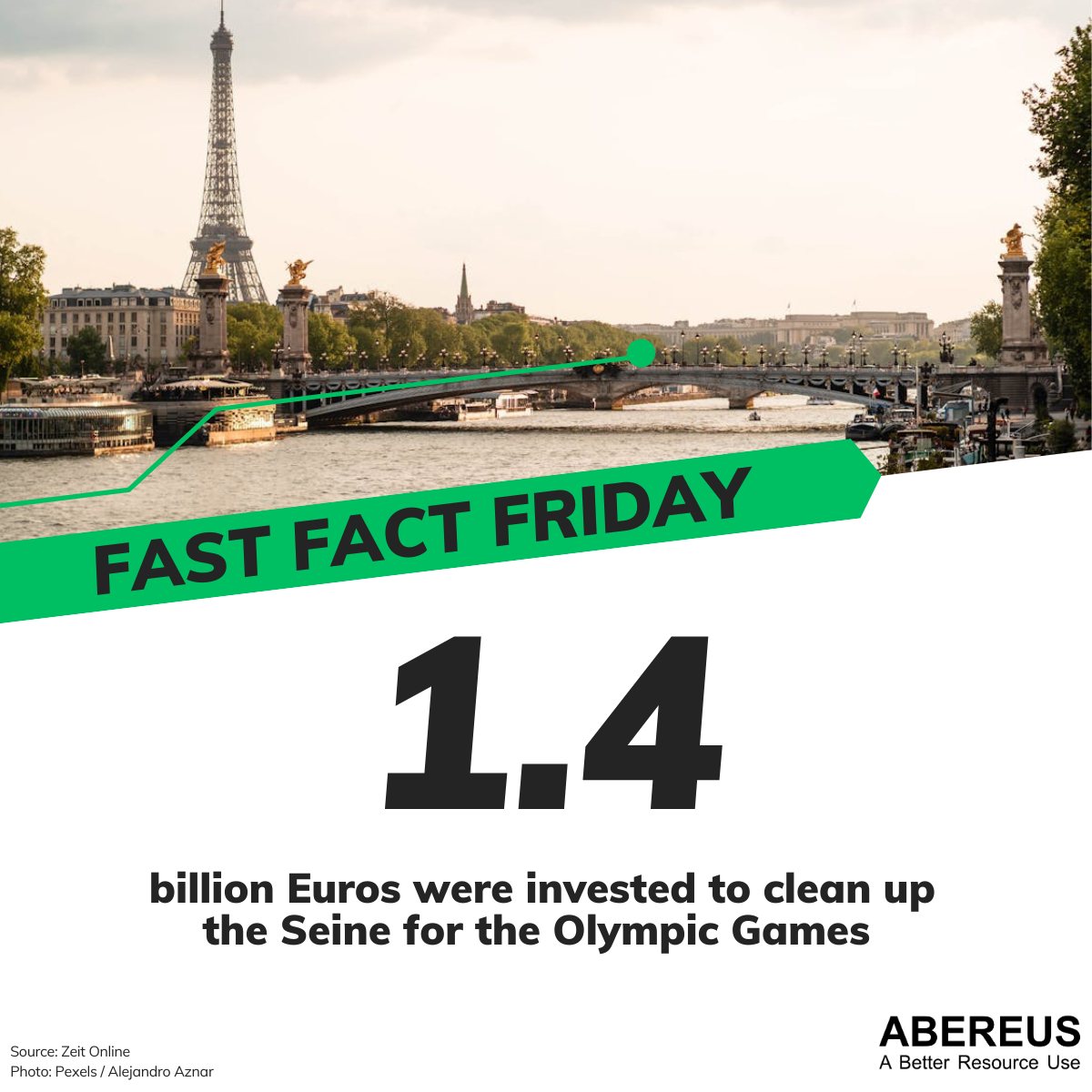PFAS and drinking water

Date
Maybe you have heard of PFAS in your drinking water and wonder what that’s all about. PFAS is the abbreviation for per- and polyfluoroalkyl substances. These are chemicals and compounds which are always manmade. They are widely used in production processes because of their great attributes for our products.
They make our pans non-sticky and our clothes water-repellent. They are used in the foam of fire extinguishers and in cosmetic products. The OECD lists more than 4,700 different PFAS and the PubChem database has approximately 6 million of them on record. They are very versatile and helpful for our industrially manufactured products.
However, they are also very persistent and long lasting. That’s why they have been nicknamed “forever chemicals”. This means that both in the environment and in our bodies, PFAS will accumulate. While in the 1940s, they were thought to be irrelevant for our health, we now know that they can have adverse health effects: they can cause cancer, damage the liver and reduce human fertility.
Most countries now try to reduce the use of PFAS and find ways to keep it out of our waters. While Canada prohibited the import from 2008, the United States and the European Union have included specific PFAS in their drinking water standards. For example, the recommended PFOA-level has just been reduced from 70 ppt (parts per trillion) to 0.004 ppt by the US authorities (EPA).
In general, more and more companies and regulators try to keep those chemicals out of our environment. As customers we can select products which address those questions around PFAS.
If you want to know more about how to save our water, get connected and join us for a better resource use.



